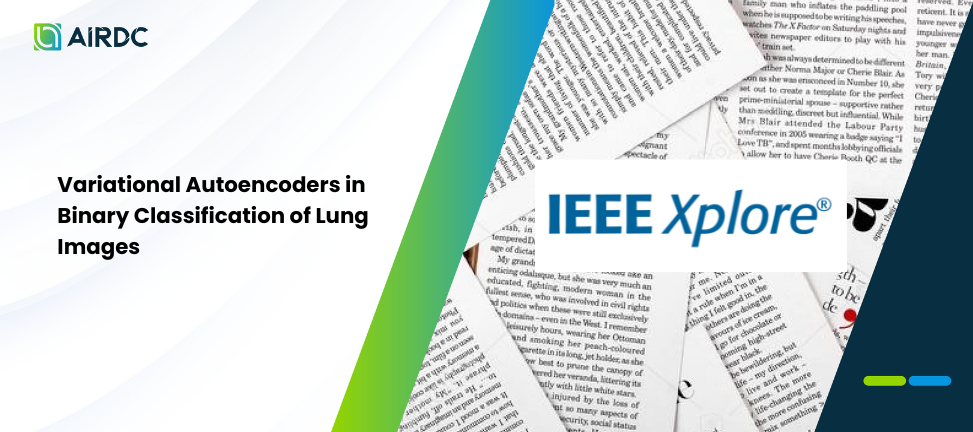Variational Autoencoders in Binary Classification of Lung Images

This study investigates the application of the Variational Autoencoder (VAE) model for classifying lung images obtained from chest X-ray data, with a primary focus on utilizing the encoder component of the VAE as a visual feature extractor. The VAE architecture is implemented using six different convolutional neural network backbones, namely VGG16, VGG19, ResNet50, MobileNetV2, AlexNet, and DenseNet121, to evaluate and compare their effectiveness in learning latent representations. The resulting latent vectors are used as inputs to a Multi Layer Perceptron classifier. Experimental results show that the VAE model with the ResNet50 backbone achieves the highest classification performance, with accuracy, precision, recall, and F1 score all reaching 82 percent. Although the model demonstrates strong overall performance, analysis of the confusion matrix reveals that it still struggles to differentiate between normal and abnormal cases, especially in terms of sensitivity to abnormal conditions.
Authors:
Mahmud Isnan, Jimmy Lay, Alexander Justine Santiago, Reno Juanda, Hanmy Angel, Advendio Desandros, Bens Pardamean
2025 International Conference on Information Technology Research and Innovation (ICITRI)

